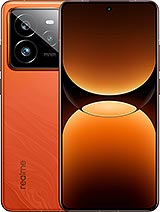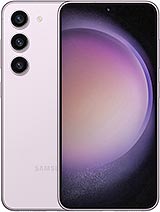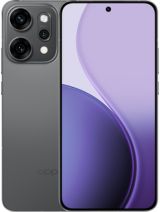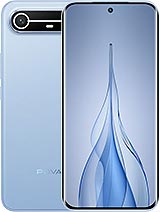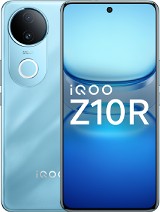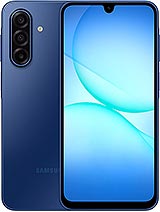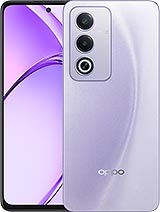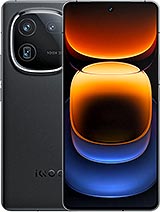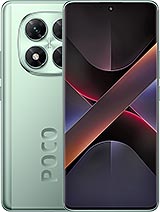iQOO 12 alternatives
Tap above to see alternatives.
Poco X7 alternatives
Tap above to see alternatives.
1x3.3 GHz Cortex-X4
3x3.2 GHz Cortex-A720
2x3.0 GHz Cortex-A720
2x2.3 GHz Cortex-A520
4x2.5 GHz Cortex-A78
4x2.0 GHz Cortex-A55
12GB 512GB (UFS 4.0)
16GB 512GB (UFS 4.0)
16GB 1024GB (UFS 4.0)
8GB 256GB (UFS 2.2)
f/1.7, 23mm (wide), 1/1.3", 1.2µm, multi-directional PDAF, OIS
64 MP,
f/2.6, 70mm (periscope telephoto), 1/2.0", PDAF, OIS, 3x optical zoom
50 MP
f/2.0, 15mm, 119˚ (ultrawide), AF
f/1.5, 26mm (wide), 1/1.95", 0.8µm, PDAF, OIS
8 MP
f/2.2, 15mm, 120˚ (ultrawide), 1/4.0", 1.12µm
2 MP
f/2.4, (macro)
4K@24/30/60fps
1080p@30/60/120/240fps
1080p@30/60/120fps
f/2.5, (wide)
f/2.2, 25mm (wide), 1/4.0", 0.7µm
SIM1: Nano, SIM2: Nano
SIM1: Nano, SIM2: Nano
11 5G bands
n1, n3, n5, n7, n8, n28, n38, n40, n41, n77, n78
14 5G bands
n1, n2, n3, n5, n7, n8, n20, n28, n38, n40, n41, n48, n77, n78
In this performance comparison, the iQOO 12 with its Qualcomm Snapdragon 8 Gen 3 (4nm) performs better than the Poco X7 with the Mediatek Dimensity 7300 Ultra (4nm), thanks to superior chipset efficiency.
Both iQOO 12 and Poco X7 offer the same software support — 3 years of OS updates and 4 years of security updates.
Both iQOO 12 and Poco X7 feature AMOLED displays, offering vibrant colors and deeper blacks. In terms of smoothness, iQOO 12 offers a higher 144 Hz refresh rate, ensuring fluid scrolling and animations. Both devices deliver the same brightness level at 3000 nits. Notably, iQOO 12 offers a higher screen resolution, resulting in sharper visuals and more detailed content.
Poco X7 features a larger 5500 mAh battery, potentially delivering better battery life. iQOO 12 also supports faster wired charging at 120W, compared to 45W on Poco X7.
Poco X7 offers better protection against water and dust with an IP69 rating.
- iQOO 12 – Check price here
¹ Scores can vary even with the same chipset due to RAM, thermals, and software optimization.

